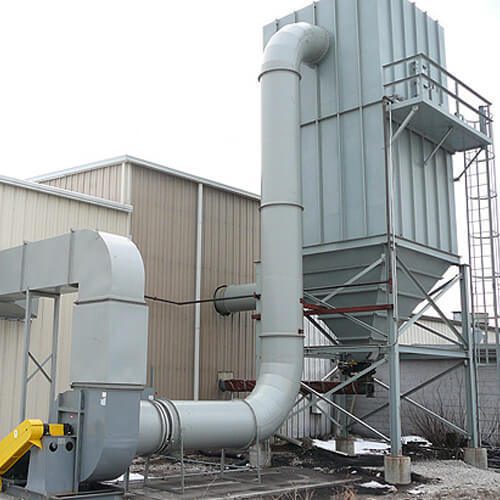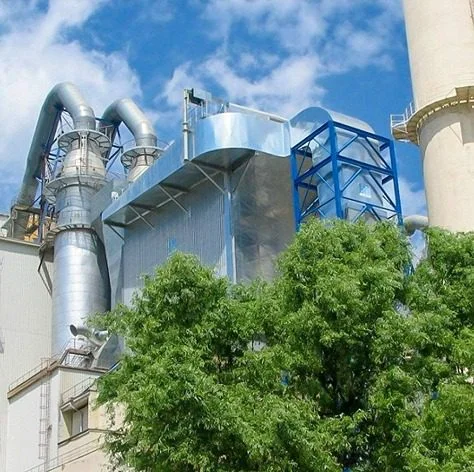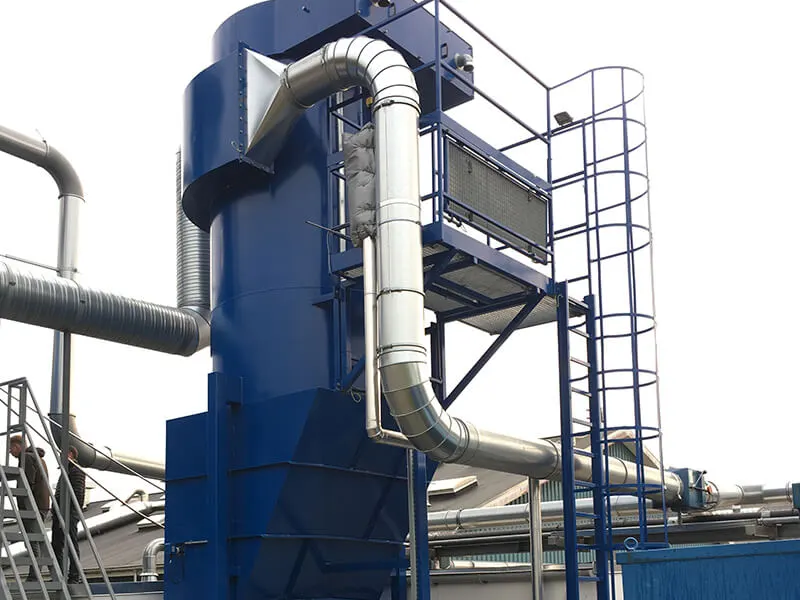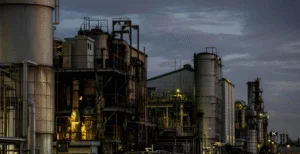Air Pollution Control Systems Market is witnessing rapid growth as environmental sustainability becomes a global priority. These systems are essential for reducing airborne pollutants from industrial emissions, vehicle exhaust, and urban smog. With stricter emission regulations, rising public health concerns, and global climate commitments, the demand for advanced air filtration and purification technologies is accelerating. This blog delves into the current market share, regional dynamics, and the future growth prospects shaping the air pollution control systems market worldwide.
Understanding the Market Landscape
The global air pollution control systems market has witnessed consistent growth over the past decade. As of 2024, the market is valued at over USD 85 billion, and it is projected to surpass USD 150 billion by 2035. This upward trajectory is underpinned by a surge in environmental regulations, industrialization in emerging economies, and advancements in air purification technologies. Industries such as power generation, cement manufacturing, chemicals, metal processing, and waste management are the primary adopters of these systems due to their significant emission footprints.
Asia-Pacific holds the largest market share, driven by rapid industrialization in China, India, and Southeast Asia. North America and Europe follow closely, with the latter leading in terms of technological sophistication and regulatory stringency. Countries within the European Union are enforcing the Industrial Emissions Directive (IED), while the U.S. operates under the Clean Air Act, both mandating strict air quality controls across sectors. Meanwhile, Latin America and the Middle East are emerging as high-potential markets due to increasing industrial investment and rising environmental awareness.
Driving Forces Behind Future Growth
The future of the air pollution control systems market is heavily influenced by a combination of regulatory, technological, and societal factors. One of the most significant drivers is the tightening of emission standards globally. Governments are becoming increasingly aggressive in setting permissible limits for pollutants like NOx, SOx, PM2.5, and VOCs, particularly in urban and industrial hotspots.
Simultaneously, innovation is transforming the sector. The integration of smart technologies, such as AI-driven monitoring systems, IoT-based sensor networks, and data analytics, allows for real-time detection, reporting, and response. These developments enhance operational efficiency and regulatory compliance, making air pollution control more proactive than reactive.
Additionally, the growing trend of industrial decarbonization is encouraging companies to invest in cleaner technologies. Many organizations are aligning with global net-zero goals, and adopting advanced filtration systems is an integral part of this transition. Governments and financial institutions are also providing incentives and subsidies to industries adopting clean air technologies, further accelerating market adoption.
Challenges and Opportunities
Despite promising growth, the market faces certain challenges. High initial investment costs, particularly for large-scale systems, can be a barrier for small and medium enterprises (SMEs). Moreover, the complexity of retrofitting existing industrial infrastructure can slow down adoption in older plants. However, these challenges are being gradually addressed through modular system designs, improved cost-efficiency, and favorable policy frameworks.
Opportunities lie in the development of multi-pollutant control technologies, which can handle several contaminants simultaneously, offering a more integrated and cost-effective solution. Emerging markets present another major opportunity, especially as urbanization and industrialization expand into new regions with increasing environmental concerns.
Çözüm Yelpazemizi Keşfedin:
Final Thoughts
The global air pollution control systems market stands at the intersection of environmental urgency and technological evolution. With rising pollution levels, the need for effective, scalable, and intelligent air purification solutions is no longer optional—it is essential. As industries, governments, and societies push towards cleaner and greener futures, the air pollution control sector is poised for transformative growth.
Companies that innovate, adapt to regulatory trends, and invest in smart technologies will not only thrive in this evolving landscape but also contribute meaningfully to a healthier planet.







